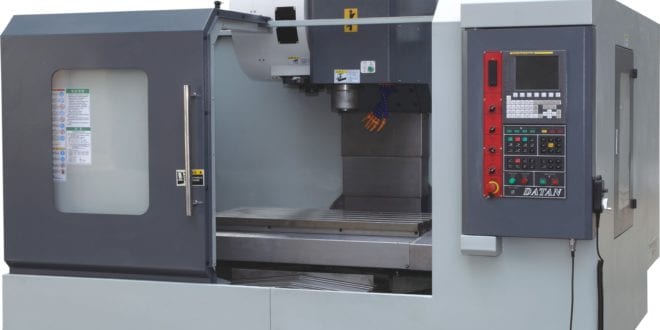
What are the Advantages of CNC Machining vs Handbook Machining? the benefits of cnc machining CNC (Computer Numerically Managed) machining is a production process in which pre-programmed computer system software dictates the motion of factory tools and machinery. Utilizing this type of device versus manual machining can result in enhanced accuracy, increased production speeds, boosted safety, increased effectiveness, and most of all expense savings.What are the Benefits of CNC Machining?
The precision of the CNC machine ensures consistent item quality. The process is more precise than manual machining and can be repeated in precisely the same way over and over once again.
Increased production speed and increased effectiveness. Computer systems are used to control the makers, the process is automated therefore increasing speed and quality of production. Thinking about machines do not tire or require breaks it makes it more efficient than manual machining. One of the primary benefits for the operators of CNC makers is safety. Using CNC devices are much more secure than by hand run makers as they work behind a guard or even a closed, transparent security door.
CNC Machining is more cost effective. Traditional machining requires one operator per device. CNC machining needs less maker operators given that one competent operator can run numerous makers at one time. Since the CNC is so accurate it minimizes mistakes from the production procedure and removes unneeded waste. CNC Machining Solutions for Customized Applications
Eagle specializes in Swiss CNC Machining, delivering some of the most intricately formed stainless steel parts available in the industry. We can working in diameters ranging from 0.030 ″ to 2 ″, permitting us to fulfill the distinct specs of even the most requiring applications. For more information on our Swiss CNC machining services and capabilities, just call us or ask for a quote today.Half a century ago, machinists were always responsible for crafting every single piece to excellence. These skills are still required, but when it comes producing the very same piece at high volume and high accuracy, electronic machines are vastly exceptional. That's where Computer System Numerical Controlled (CNC) machining comes in. CNC machining is a production approach that utilizes pre-programmed computer software to control machining tools. This innovation can be utilized plastic extrusion to perform a series of intricate processes, consisting of grinding, routing, milling, punching, turning and lathing. CNC machining revolutionized the market in the 1960's and is the dominant method of machining today. It is important to understand the numerous advantages and downsides of utilizing this technology in your production operations. Continuous Use: Unlike manual work, CNC machinery (barring any breakdown or maintenance problem) can work continuously over any time period without a break. This considerably increases productivity and effectiveness. Consistency, Accuracy and Redundancy: With computer system software, the design of any provided item just requires to be programmed once. The CNC device can then completely reproduce that style, for any order amount. Low Ability Requirement: CNC machine operators require little training and skill when compared to manual machine operators.
Fewer Personnel: Since computer software controls the machinery, fewer specialists are needed for operation and oversight, cutting overall expenses. Flexibility: The software can be reprogrammed rapidly and quickly to produce various parts, enabling operations to keep up with shifting customer needs. Ability: This technology uses computer system accuracy to exceed the restrictions of manual capabilities. More intricate and detailed operations are possible with CNC machining. Cost: CNC machines are more pricey and need a greater preliminary financial investment than machines that can be run by hand. However, as this innovation becomes the standard, supply is increasing leading to costs slowly decreasing.
Abilities Loss: As the demand for manual machine operators reduces, fewer and fewer new trainees adopt those abilities. This might ultimately cause the complete loss of long-preserved abilities.
Unemployment: Automation reduces the need for manpower, and fewer workers are employed. That stated, the need is now moving to software engineers and mechanical engineers, and education and training will have to adjust to satisfy that requirement. For additional information on the skills space in the production market, recommendation this blog post.